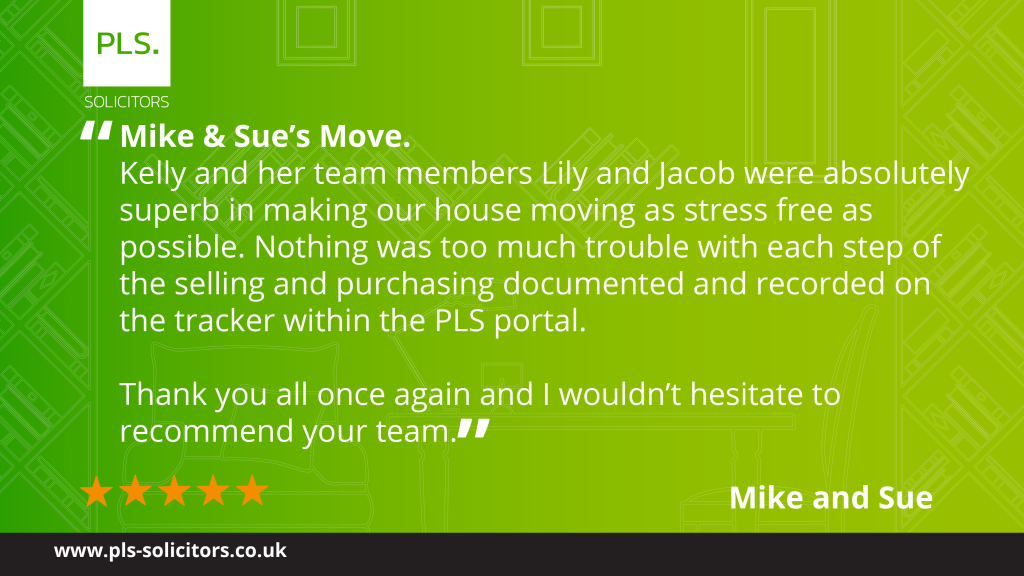Buying a property is equal parts exciting and overwhelming. If you’re looking into shared ownership providers for the first time, you’re likely to run across some terms you haven’t heard before, and PLS are here to help you understand them. Instead of scouring google for individual definitions, let this jargon-busting article be your guide to shared ownership, one of the most affordable ways to get on the property ladder.
Shared ownership is one of several alternatives to renting, and it can enable first-time buyers to climb the property ladder more quickly and more affordably. As you dive into shared ownership and all the ways it differs from traditional ownership, these definitions will help you navigate the waters…
- Shared ownership
Shared ownership occurs when you purchase a share of a property and pay a mortgage on this share. You then pay rent to a housing association or landlord on the remaining share of the property. The percentage of your home that you own will vary from property to property.
- Leasehold
Unlike in a shared ownership situation, you are the sole owner of the property if you purchase a leasehold. But, unlike in a freehold purchase, the land on which your property is built is still owned by the freeholder. You purchase a lease period for the property – often a long-term period as high as 999 years – and this can be extended at a later date.
- Service charge
The service charge is a set amount of money that you’ll be required to pay towards the upkeep of communal areas surrounding your home. It often applies to blocks of flats and apartment complexes. This is usually applicable to both shared ownership properties and leasehold properties.
- Mortgage
A mortgage is a contract entered into with a lender, in which money is borrowed to fund a property purchase. Documentation will detail how much you’ve borrowed, how much you’ve agreed to pay back, and in what timeframe you’ll do so.
- Exchange
Exchange of contracts is a hugely important step in homeownership. It’s the stage at which both buyer and seller sign a legally binding document that enables them to complete the transaction. Often, this process will be conducted via a swap of signed contracts between two legal firms, followed by the transfer of a deposit from the buyer.
- Exchange timeline
The exchange timeline of a property purchase is the amount of time that a buyer and seller have to do the above: Exchange contracts. It’s a deadline that must be adhered to once set. For example, a typical exchange timeline for a new build is between three and four weeks.
- Resales
If a shared ownership property is placed back on the market after purchase, it is considered a resale. Buyers considering shared ownership will be able to choose between resales and new build options.
- Staircasing
Staircasing is a process by which you can buy further shares in your shared ownership property, raising the percentage of it that you own until you reach 100%.
- Housing association
A housing association is an independent, not-for-profit body that enables people to get on the property ladder. Often, housing associations are on hand to provide people with low-cost housing alternatives and options.
- Eligibility
Defined as ‘the right to do something’, eligibility in the context of shared ownership means that you can purchase a property through this scheme. Criteria include being at least 18 years old, with an annual household income of less than £80,000 (or less than £90,000 in London) and no other owned properties.
- Searches
When you’re in the property purchasing process, a ‘search’ will be commissioned by your solicitors. This is a check on local authority records that brings up information on whether there have been any planning applications or land charges on your home. Other searches can also be conducted, such as environmental searches, and your solicitor will advise as to which should be conducted in your specific case.
- Completion date
Inarguably one of the most exciting, important dates to put in the diary once you decide to buy a home via a shared ownership scheme. The completion date is the date on which the remaining balance of the purchase is processed to the seller via your solicitor. Once the funds have been received, you’ll be able to pick up your keys.
- Affordability
This is the amount that you can reasonably afford to spend on your home, taking income and outgoings into account.
- Vendor
A vendor is another name used to describe the seller of a property, whether this is a housing association or an individual developer.
- Conveyancing
This is an umbrella term used in law to describe the transfer of a property’s ownership from one person to another.
- Deeds
Deeds are legal documents that come with your property, defining ownership and boundaries. You will receive the deeds after your completion date.
With years of experience in property law, we’re able to offer extensive knowledge and advice if you’re looking for support.
Contact us today to talk about shared ownership and how it could work for you.


